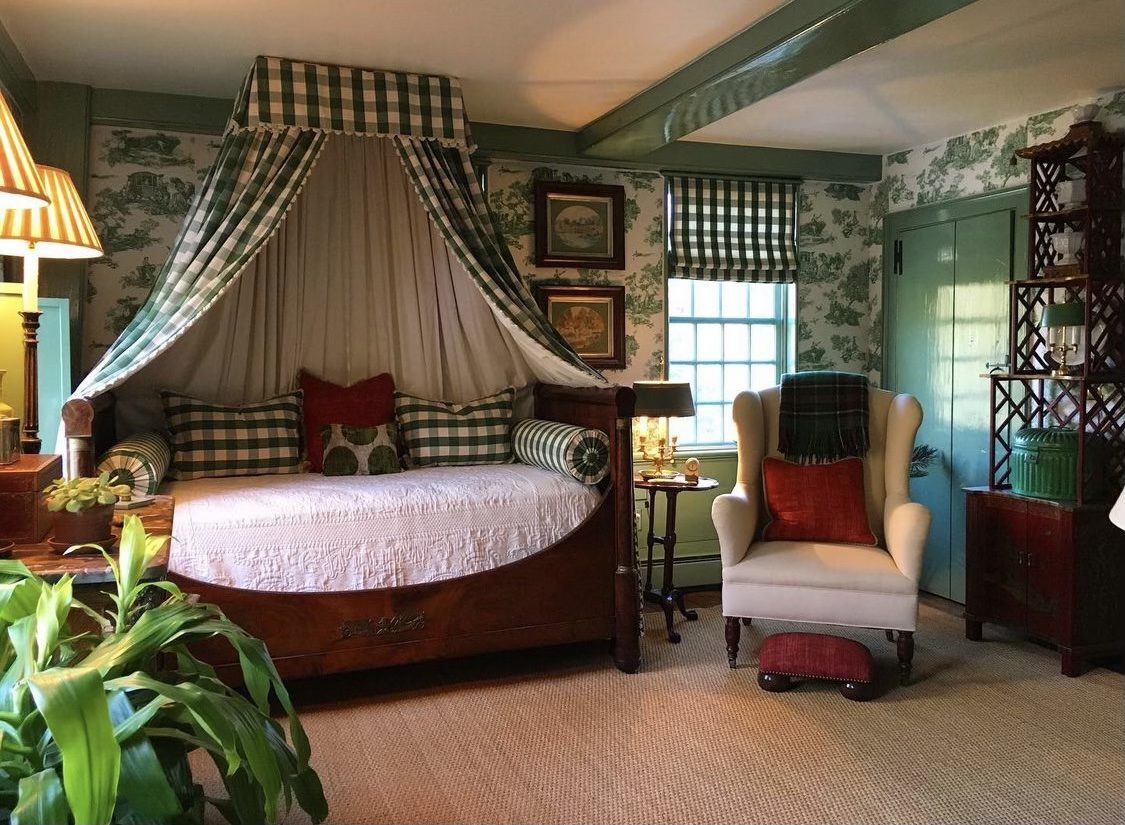“Everyone copies her, everyone references her, including me,” Tory Burch states in her foreword written for the book, Bunny Mellon Style, published last year by Gibbs Smith. Written by Thomas Lloyd, Mellon’s grandson, Bryan Huffman, interior designer and a dear friend, and Linda Jane Holden, Bunny Mellon Style is the fascinating story of an American style icon. The authors reveal how Mrs. Mellon’s style developed and how she became a self-confident, hands-on designer of homes and gardens in a privileged world. They share her style in furnishings, art, and collectibles; her dietary habits and penchant for picnics; her personal investment in designing every aspect of her homes, secondary buildings, and gardens; and her love of fashion and jewelry. Unpretentious and down-to-earth, Mrs. Mellon was disciplined and self-taught. Although moved in the upper echelon of society, – her friends included Jackie Kennedy Onasis, Billy Baldwin, Balenciaga, Givenchy, to name a few – she preferred not to be in the public eye.
Bunny Mellon Style offers a rare inside glimpse into Mrs. Mellon’s charmed life. The authors uncover personal writings and correspondences, and they share stories from people who knew her, who were employed by her, and who spent time in her home and gardens. The Glam Pad is delighted to welcome Lloyd and Huffman today to share 10 Tips for Achieving Bunny Mellon Style! Limited imagery from the book is available for online publication, but you can purchase a copy here and follow specific examples they provide by page number.
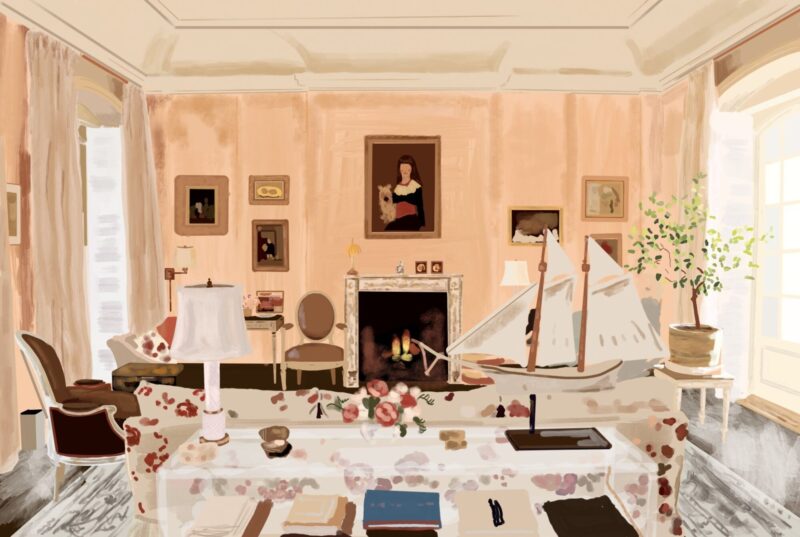
10 Tips for Achieving Bunny Mellon Style
By Thomas Lloyd and Bryan Huffman
1. How to create timeless interiors:
Bunny was partial to small, cozy spaces for daily living and small group entertaining. She created many separated, flexible spaces with a movable collection of tables and chairs to adapt each space to people’s needs. She preferred muted wall colors and natural textures.
-Buy what you love and what is suitable for the spaces; do not merely follow a current trend/fashion. While Bunny’s interiors naturally evolved, the basic “feel” remained the same. (Examples may be seen pictured on pgs 79-81, 144, 170-171, 212-213)
2. How to design to your environment/location:
Start with location, horizon sightlines, and light. Is there a beautiful mountainscape, ocean view (pgs. 182, 183, 191), forest, or cobblestone city streets? How will the natural light cover the space for a residence? What elements of the outside world need to be welcomed or protected from the inside world of the home? Consider natural air-flow over sealed interiors. Always try to incorporate fresh flowers into each space.
Bunny’s Library (pgs 106-123) is a prime example of these tenets. The main wing’s windows are placed to capture the vistas and provide natural light; this extends to the skylights installed over her largest Rothko for further illumination.
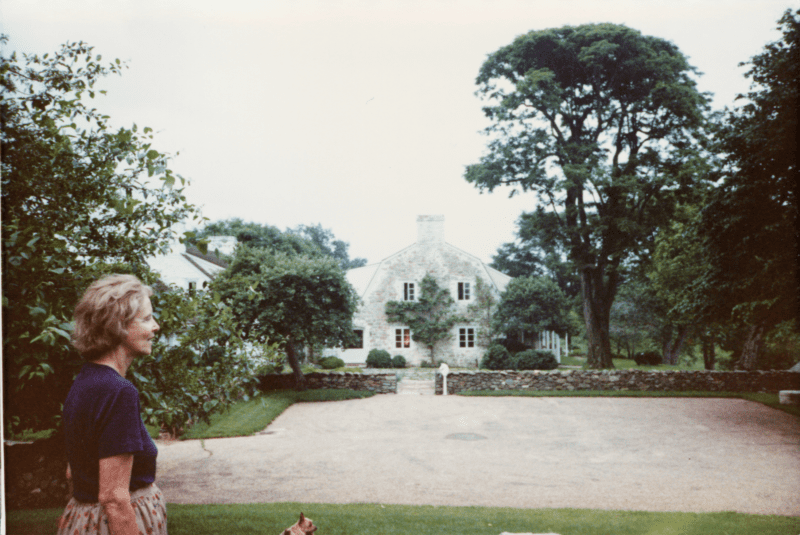
3. How to achieve interesting collections:
Never purchase for notoriety—purchase and collect for personal joy and always try to learn an interesting story to share with others on how/why you choose the item/artwork. Integrate a variety of different items that all share different stories and functions which open up your life more to others who visit. Different artists or different stories around the same artist both work.
(Pgs. 70-71 showcase her passion for 18th and 19th-century porcelain vegetables and fruits. With pg. 76 revealing further collections.)
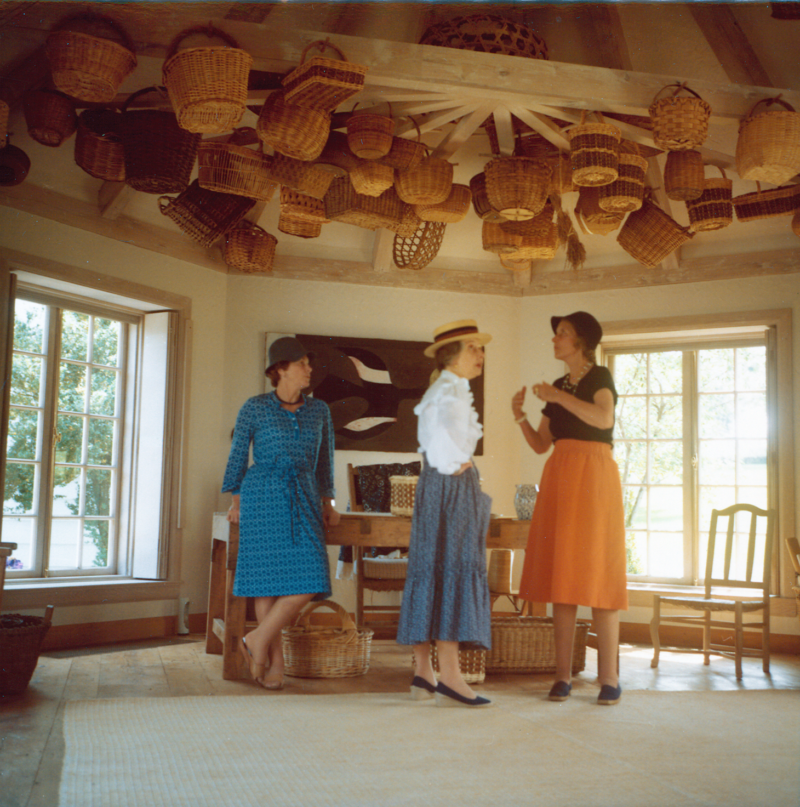
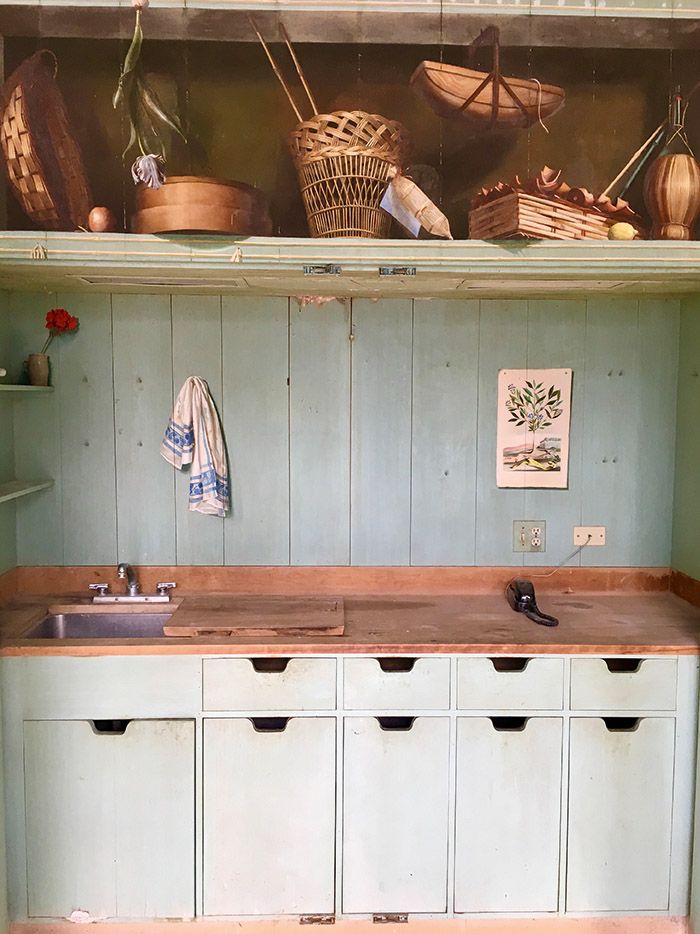
4. Suggestions on colors and patterns:
Colors should be based primarily on the location of the property. For her New England beachside homes, (Nantucket, Cape Cod) Bunny was drawn towards light blues (pgs. 170-173)and weathered wooden floors (pgs. 202-203) with stone exteriors (pgs. 54, 88-89, 106-107) to complement the surrounding environment. In the Caribbean, however, she turned to whites, yellows, and oranges (pgs. 210-211, 219) to help support the surrounding tropical greens and blues.
Interior colors throughout were primarily neutral, often with a strié or crosshatching technique, with pockets of color, such as the library (Gothic Room) at Oak Spring (pgs. 64-67) with its soft citron yellow, the vibrant coral crosshatching in the DC library (pgs. 130-133) and, most notably, the striking blue crosshatching in the New York dining room (pgs. 150-151).
5. Suggestions on fabrics and paint:
Bunny preferred handwoven, organic materials, often created especially for her by friends like Andy Oates, whose ‘Nantucket Looms’ firm provided innumerable nubby linens and cotton in neutrals (pgs. 171, 175, 184), and windowpane plaids (pgs. 119, 191, 197-199) for many of her houses. Another fabric supplier was Tillett Textiles, whose ubiquitous “butterflies” popped up in many colors throughout her houses (pgs. 79, 81, 82, 230), along with yet another Bunny staple: Toile! If ever there were something that comes to mind in many of her interiors was the use of toile, mainly in hues of blue (pgs. 86-87, 149, 252-255). She often used printed fabrics applied in the same manner as toile (pgs. 140-141, 159, 186, top).
6. Incorporating antiques:
Antiques are always important, especially in smaller, more portable forms such as small side tables or corner desks that can be rearranged along the perimeter if the room’s purpose changes. (pgs. 57, 59, 64-65, 68, 80, 137, 239, 242, 243) Again – using family heirlooms with interesting stories is preferred.
7. How to collect and decorate with art:
Anchor one important piece around each room or a collection of similar smaller artworks together (pgs. 64, 74, 79-81, 130-131) – like in a small library – along the shelves themselves. Select works that utilize the same colors you want to promote throughout the interior space (pg. 57, 69, 74-75, 132, 144, 151, 156). Pick an artist you love and again – anchor each piece of that artist with a collection story – how and why you got it.
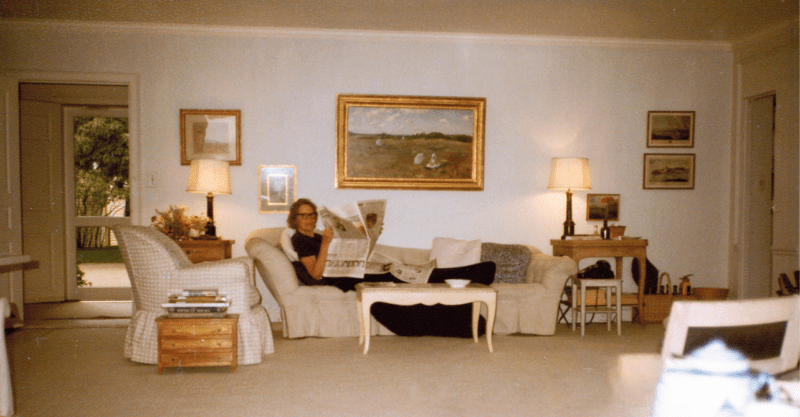
8. How to create a welcoming environment for visitors and guests:
Bunny welcomed visitors by awakening their senses of sight and scent upon arrival; flowers from the gardens and greenhouses were omnipresent in the rooms, with especially large arrangements in the foyer (pg. 57, 60-61, 134-135, 156-157) which filled the air, often mixing with her Rigaud scented candle. There was always a warm and welcoming feel with nothing ever feeling “fussy” and “fixed.”
Small and simple individual welcoming gifts is the best way – with notes & small presents written and selected by Bunny herself.
9. Should you design your home with entertaining in mind?
You should always be able to adapt any room to entertain if needed. Collect and arrange tables and chairs that can be easily moved into different configurations to make guests feel more comfortable in the space. (Pgs. 57, 74, 75, 138, 150-153, 172-173, 198, 223, 227, 243, 248-249).
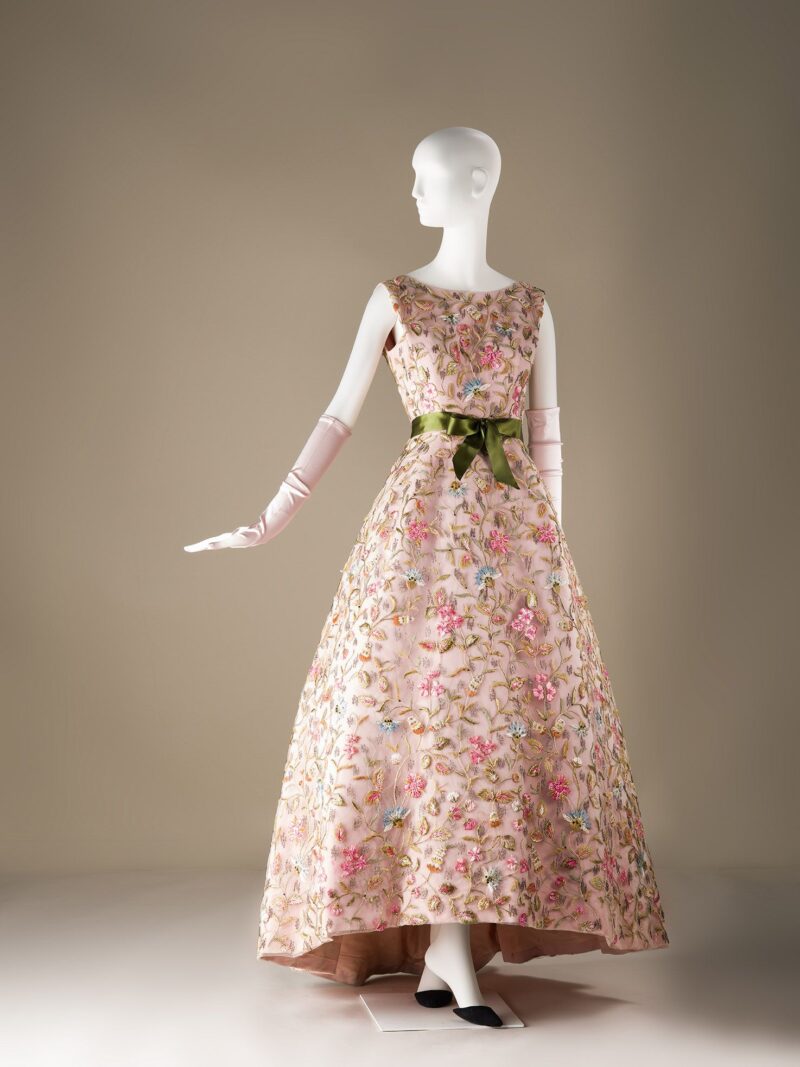
10. Things every well-appointed home simply must-have:
If Bunny were an example of anything, it would be to express yourself and your interests through your interiors; actually setting your own “stage.” Comfort, a cozy chair by the fire, with a light throw within reach, adequate small tables to pull up for a drink or to place your book, proper furniture arrangement, which allows coziness for one or two yet can expand as necessary to accommodate a larger group, adequate yet soft and flattering lighting, something personal and fun. Eliminate stuffy, “showy” objects that are meant only to impress. And, always have some sort of “living thing” such as plant(s) and/or flowers to bring the outside in. In short, make it comfortable and welcoming, showcasing you, not your Decorator.
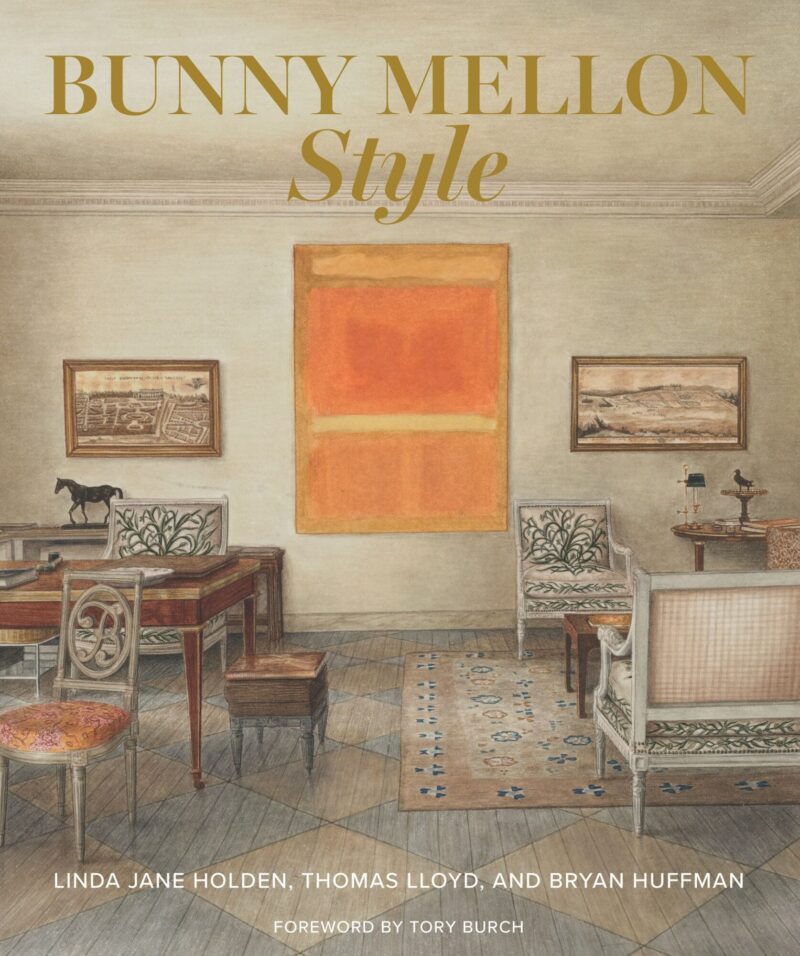
Thank you Thomas and Bryan for joining us today, these are such excellent tips! For more inspiration, please consider adding Bunny Mellon Style to your library. We also recommend Bunny Mellon: The Life of an American Style Legend, The Gardens of Bunny Mellon, and Garden Secrets of Bunny Mellon,



